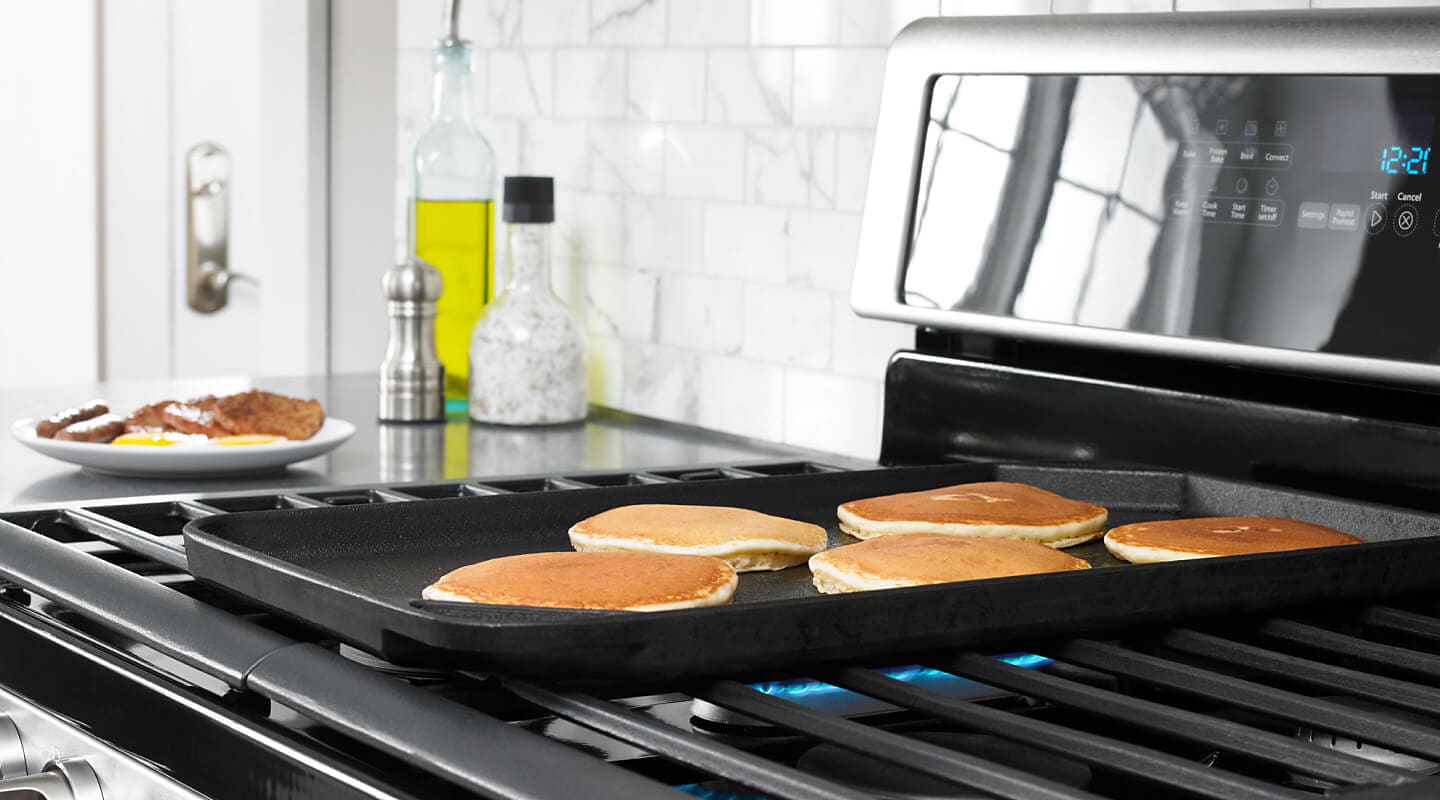Seasoning a steel griddle is a crucial step that ensures its longevity and enhances its cooking performance. Whether you’re a seasoned chef or a cooking enthusiast, knowing the proper methods to maintain your griddle is paramount. This guide will walk you through the steps to season a steel griddle and provide valuable tips to maintain its condition.

What is Griddle Seasoning and Why is it Important?
Griddle seasoning involves applying a thin layer of oil to the surface of the griddle and heating it to create a protective layer. This process prevents rust and ensures a non-stick coating, making cooking and cleaning significantly easier.

Types of Griddles and Their Properties
Steel Griddles
Steel griddles are known for their excellent heat conduction and durability. They require proper seasoning to prevent rust and maintain a smooth cooking surface.
Cast Iron Griddles
Compared to steel, cast iron griddles are heavier and retain heat better. They also need regular seasoning to maintain their non-stick surface. Check out our detailed guide on seasoning a cast iron griddle.

Materials Needed for Seasoning
- High-smoke point oil (such as vegetable or canola oil)
- Clean cloth or paper towels
- Heat source (stove or oven)
Step-by-Step Guide to Seasoning a Steel Griddle
Step 1: Cleaning the Griddle
Before you begin the seasoning process, ensure your griddle is thoroughly cleaned. Use a gentle soap and warm water to remove any residue. Rinse and dry completely.
Step 2: Applying the Oil
Choose a high-smoke point oil. Pour a small amount onto the griddle and use a cloth or paper towel to spread it evenly across the surface.
Step 3: Heating the Griddle
Place the griddle on a heat source. If you’re using a stove, set it on medium-high heat. The oil will start to smoke and polymerize, forming a smooth layer. Ensure the griddle reaches a uniform temperature. For tips on preheating a griddle, see our article on how to preheat a griddle.
Step 4: Repeating the Process
For a more durable seasoning layer, repeat the oil application and heating process two to three times. This will build up the non-stick surface and provide better protection.
Maintaining Your Seasoned Griddle
Regular Cleaning
After each use, scrape off any food residues and wipe the griddle clean with a cloth. Avoid using soap as it can strip away the seasoning.
Periodic Re-Seasoning
Depending on the frequency of use, you’ll need to re-season your griddle periodically to maintain its non-stick surface and prevent rust.
Common Mistakes to Avoid
- Using soap frequently Opt for water and a gentle scrub instead.
- Skipping the cleaning step Always start with a clean surface.
- Using low-smoke point oils They can leave a sticky residue.
Benefits of a Seasoned Griddle
- Non-stick cooking experience
- Easier cleanup process
- Increased lifespan of the griddle
- Enhanced flavor in cooked foods
Frequently Asked Questions
How often should I season my griddle?
It depends on the frequency of use. Regularly used griddles may need seasoning every few weeks, while occasional users can season every few months.
Can I use olive oil for seasoning?
It’s not recommended as olive oil has a lower smoke point, which can result in a sticky surface. Stick to oils like vegetable or canola oil.
What if my griddle gets rusty?
If rust forms, scrub it off with a steel brush, clean the griddle, and re-season it immediately.
For further reading, you can check out this external link from Traeger on griddle cooking.
To explore more about what you can cook on a griddle, head over to our detailed guide on griddle recipes.
As an Amazon Associate, I earn from qualifying purchases.










